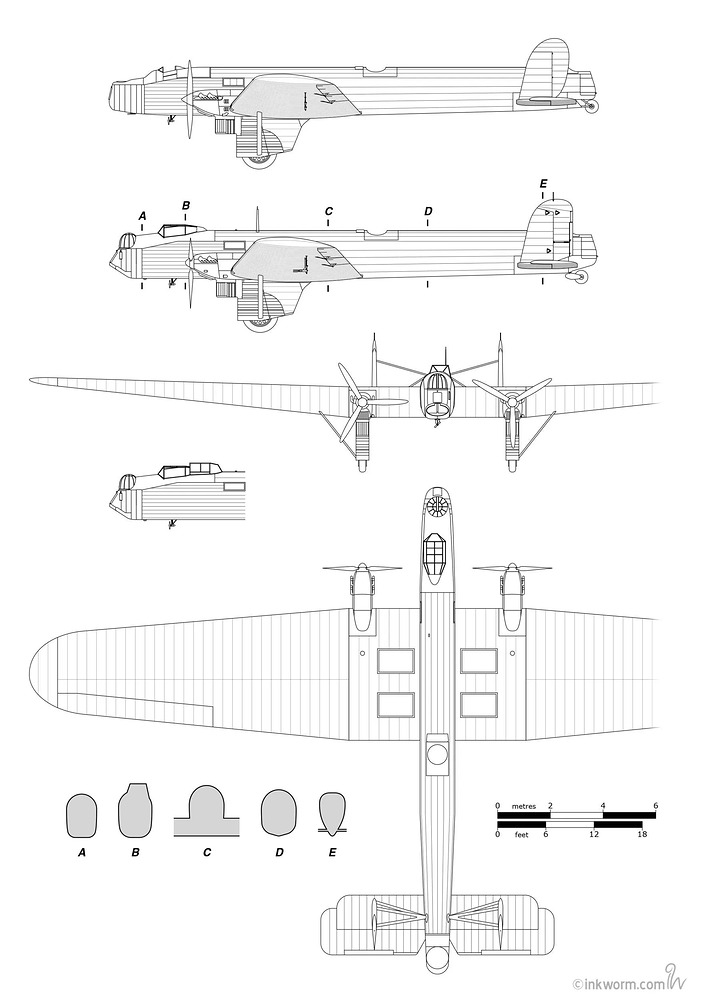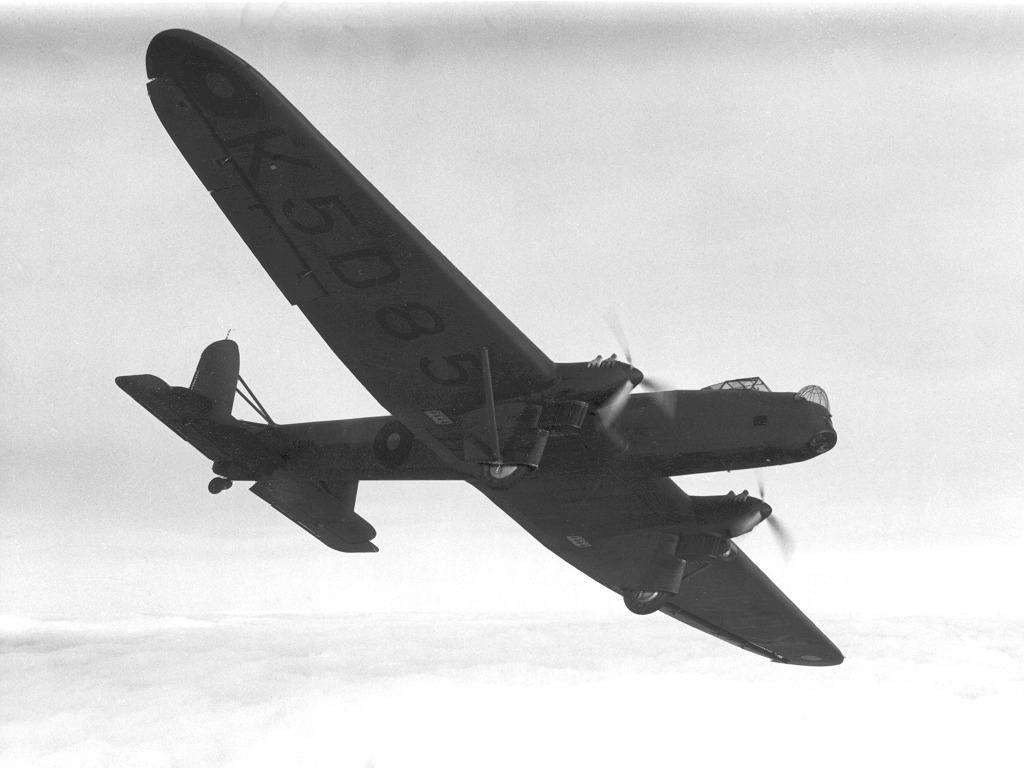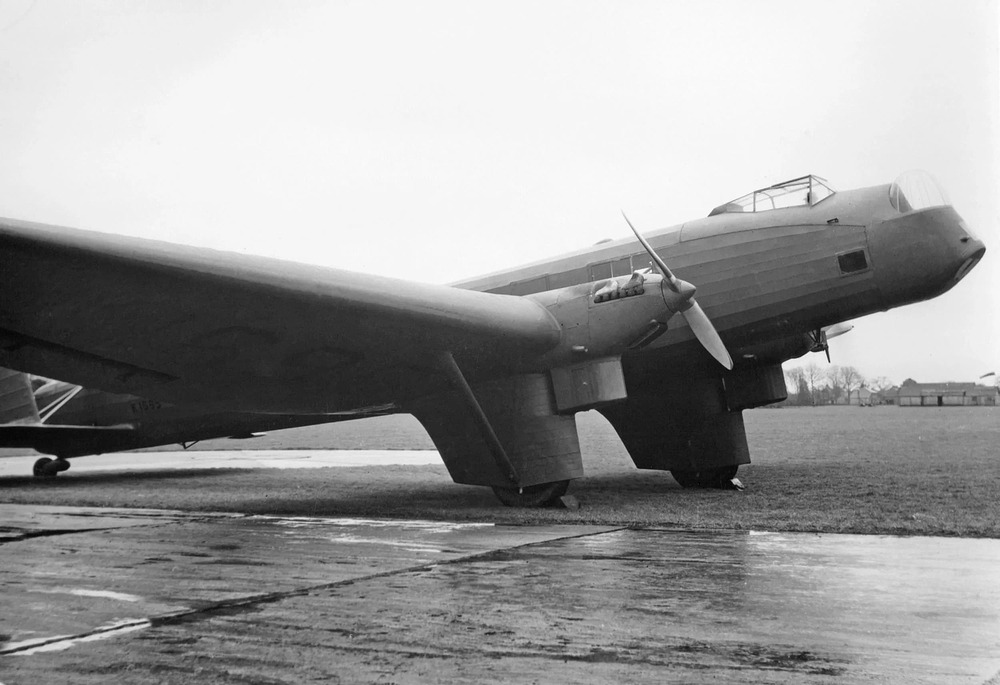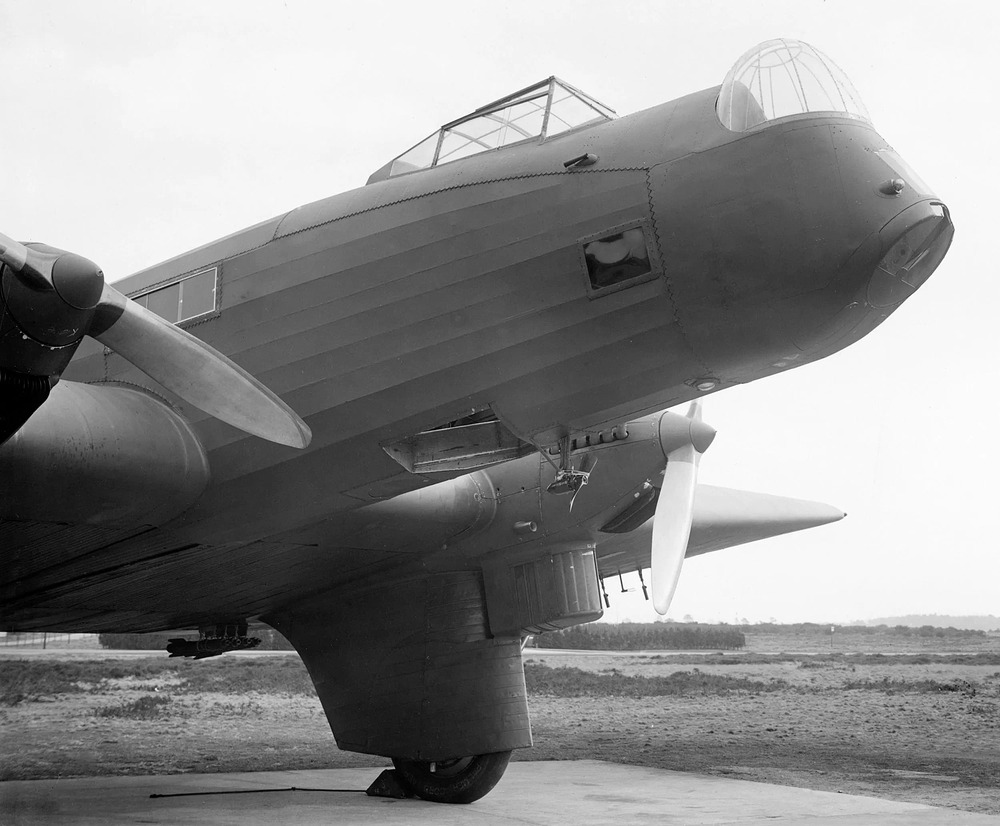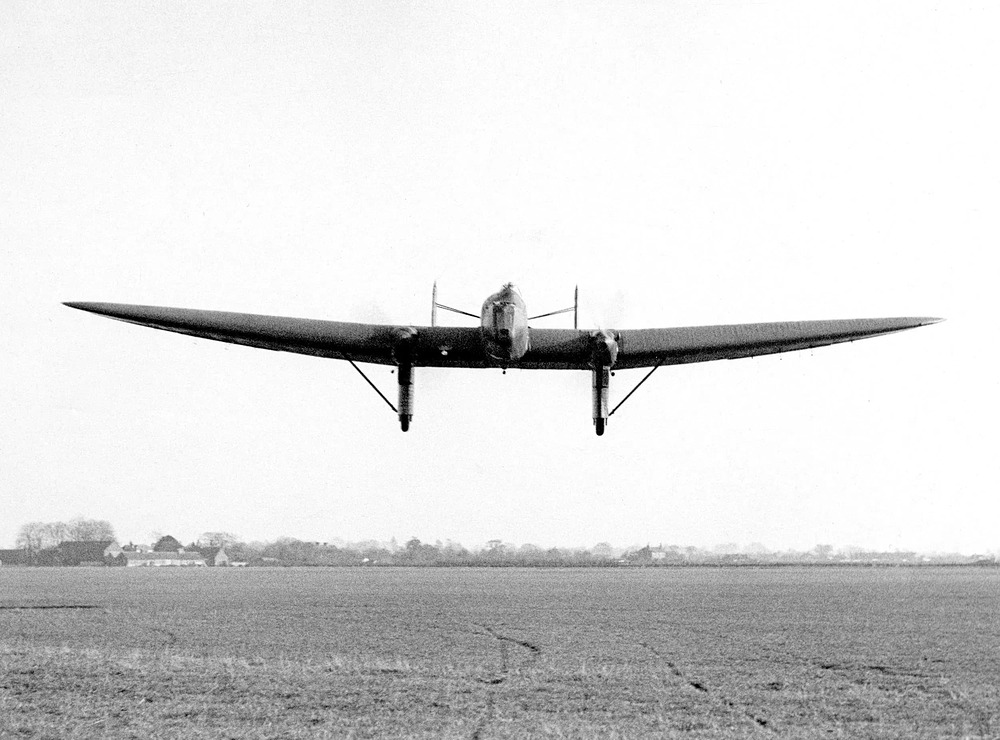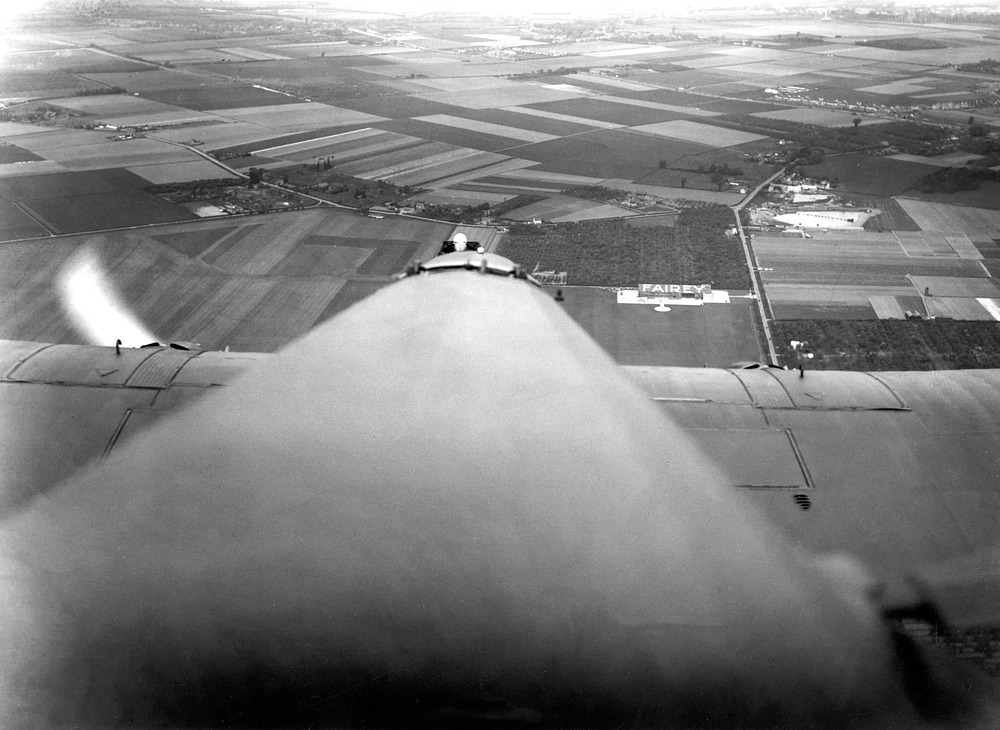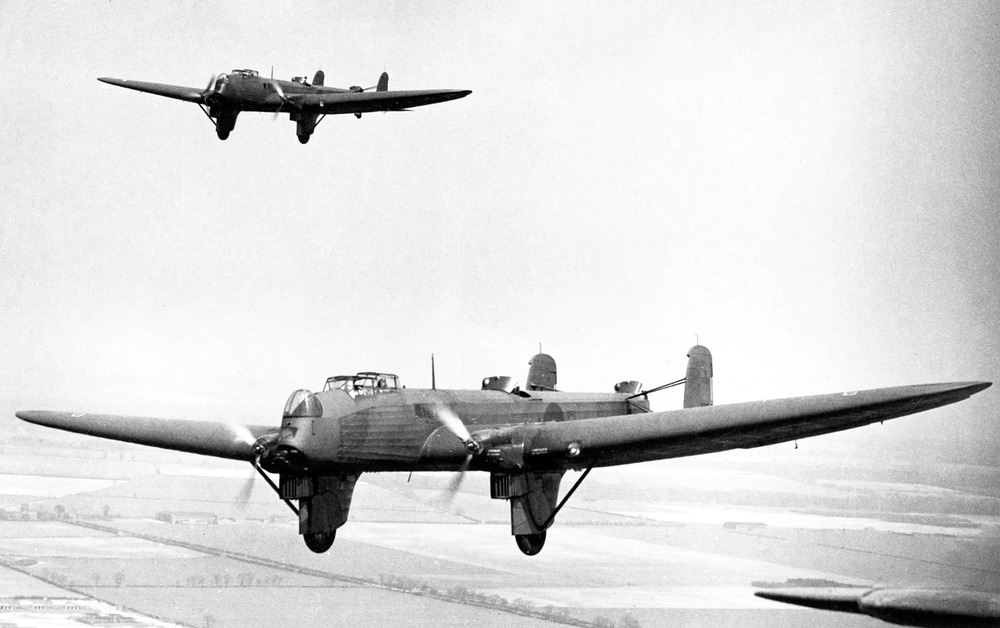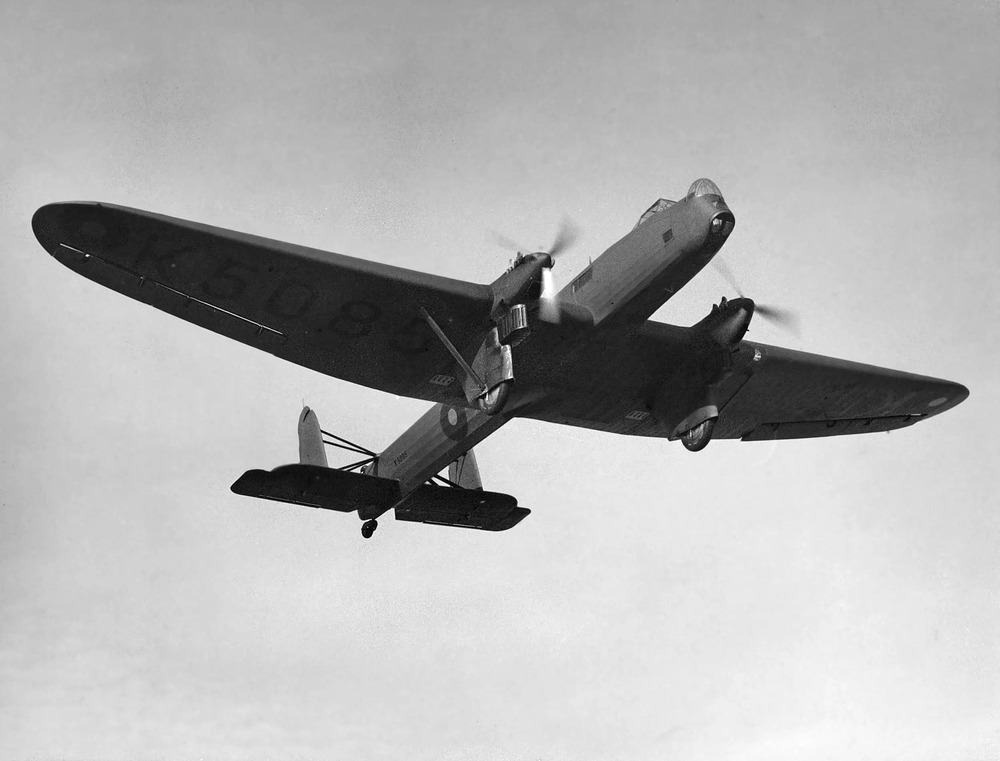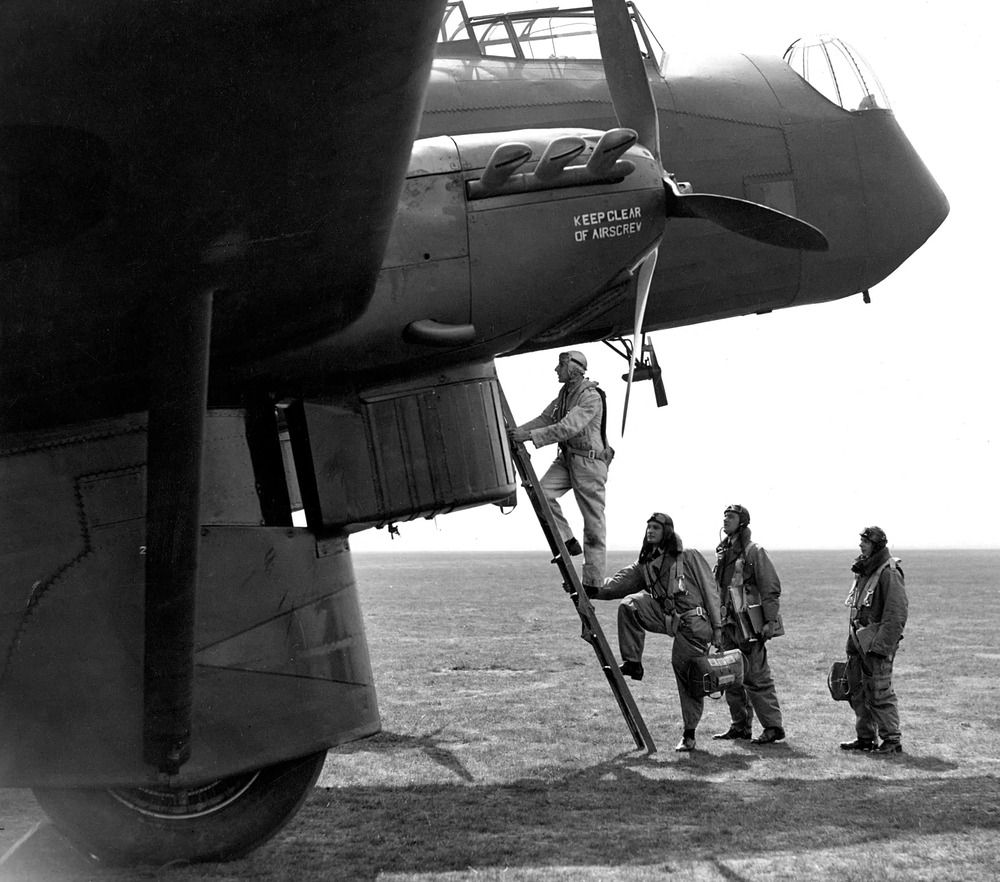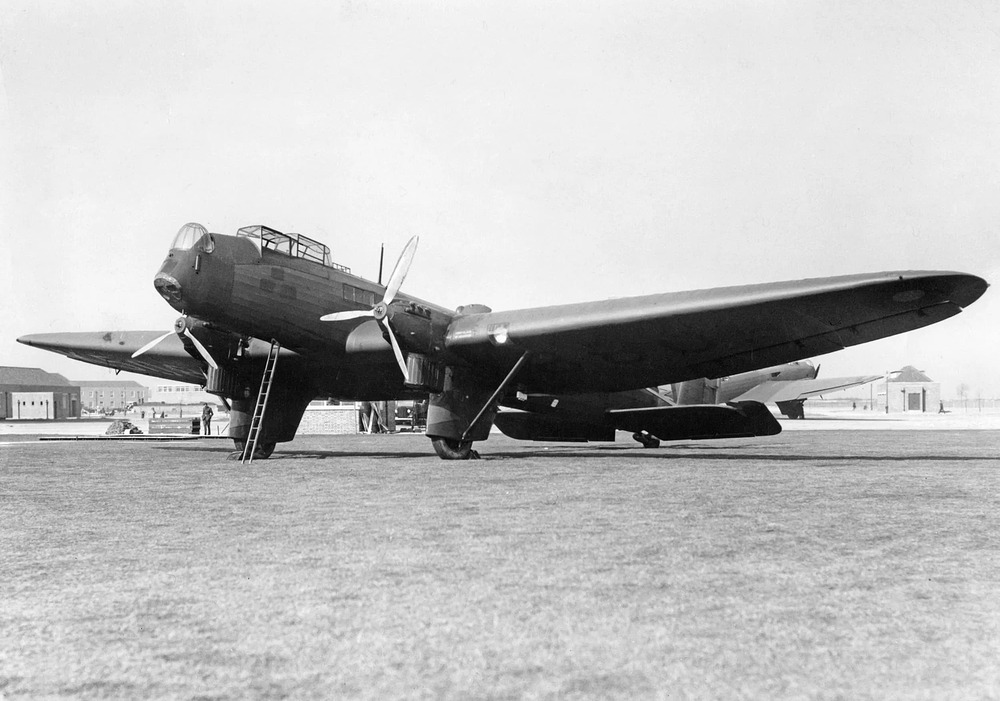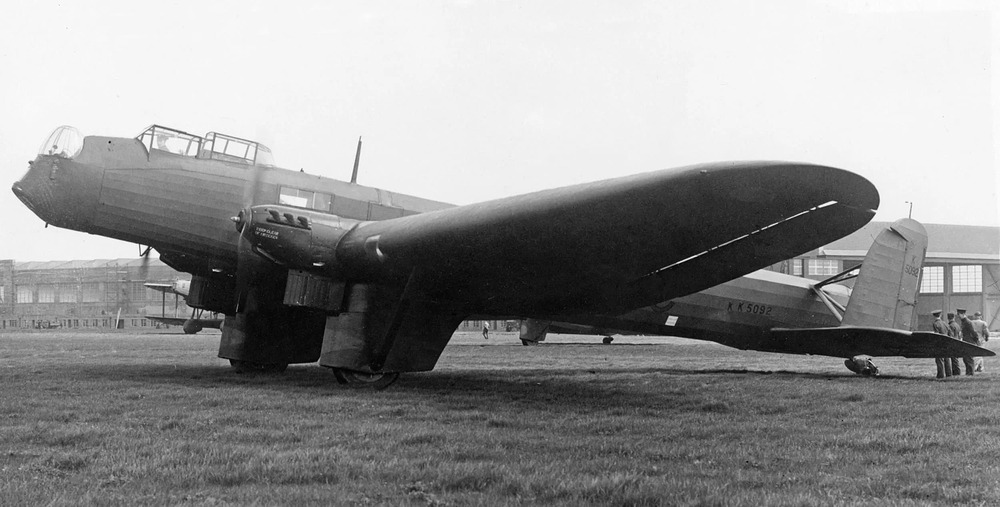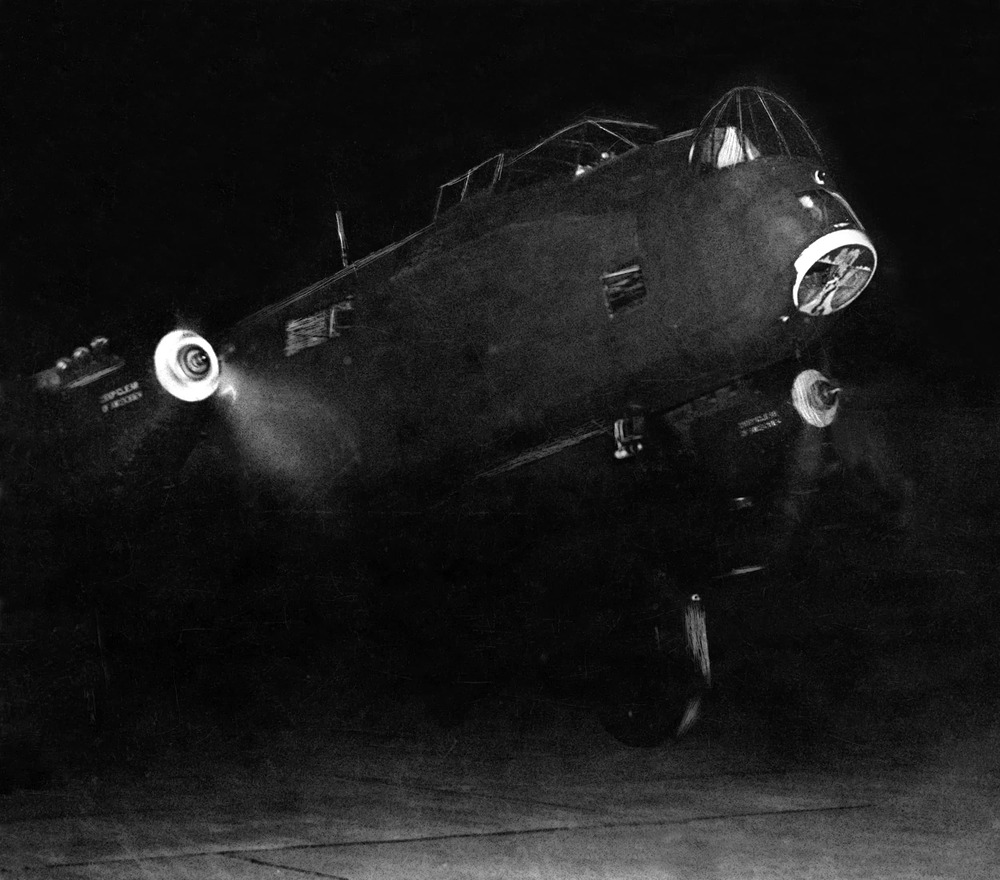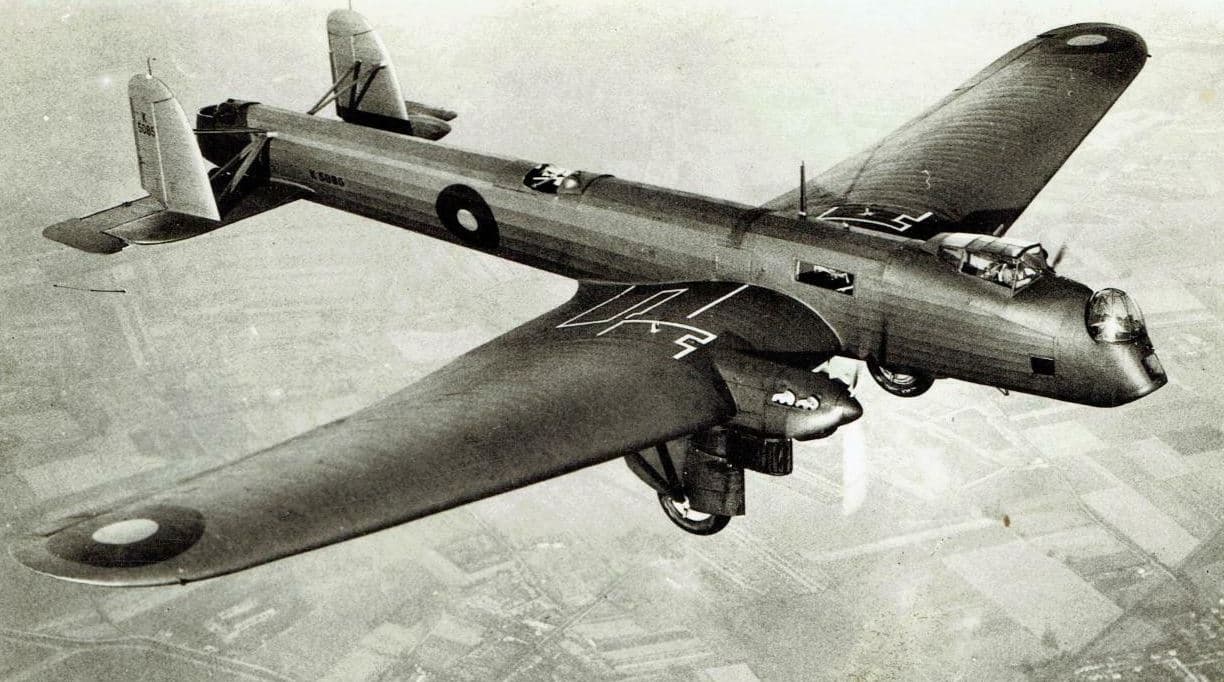- Yes
- No
Fairey Hendon Mk.II

Design and service history:
The Fairey Hendon was a revolutionary British all-metal low-wing monoplane heavy bomber from 1930 designed by Fairey Aviation for the Royal Air Force that would go on to serve with one squadron between 1936 and 1939. The Hendon was built to fulfill Air Ministry Specification B.19/27, which called for a bomber to replace the Vickers Virginian then in service. The Specification required the aircraft be capable of a range of 920 miles at a minimum speed of 115 mph whilst carrying a 1,500-pound bombload. To meet this end, Fairey designed a low-wing cantilever monoplane, that possessed a fixed tailwheel undercarriage. The fuselage was pretty standard in its construction, being composed of steel tube structure, with a fabric covering. The Hendon was crewed by 5 airmen, a pilot, a radio operator/navigator and three gunners. During the design process, multiple engines were also proposed, but the Rolls-Royce Kestrel VI engine was ultimately chosen to be the Hendon’s powerplant.
Unfortunately over 3 year delays in the design and testing of the prototype induced by a crash resulted in the Handley Page Heyford absorbing the majority of the heavy bomber replacement orders for mainline service. This did not kill the Hendon though, as after trials 14 production examples were ordered under the designation Hendon Mk.II were ordered. These aircraft differed from the Mk.I possess a fully covered cockpit for the pilot and navigator, along with other minor cosmetic changes. The 14 aircraft were built by Fairey’s Stockport factory between late 1936 and 1937, where they were then flown to Barton Aerodrome, Manchester for delivery. Around the start of main production a proposed second order for a further 60 Hendons was cancelled due to the emergence of the next gen heavy bomber the Armstrong Whitworth Whitley, a historically important aircraft for a suggestion for another time. With the Whitley being vastly superior to the Hendon in all metrics, it was decided to make the Fairey offering that of limited production.
Despite the limited numbers, the Hendons were sufficient in number to form a Hendon-only unit with No 38 squadron based at RAF Marham, Norfolk. These Hendons would later be reassigned to No 115 Squadron when the squadron was formed from No 38 Squadron. Due to the obsolete nature of the type, though their service was negilible, and by 1938, only two years after entering service they were replaced by the more capable Vickers Wellington. By 1939 all Hendons had been retired, where they were relegated for ground training at RAF Cramwell, before being scrapped sometime later, marking an end to Fairey’s only dabbling in a Heavy bomber.
Aircraft Specification:
General characteristics
Crew: 5
Length: 60 ft 9 in (18.52 m)
Wingspan: 101 ft 9 in (31.02 m)
Height: 18 ft 8 in (5.69 m)
Wing area: 1,146 sq ft (106.5 m2)
Empty weight: 12,773 lb (5,794 kg) [9]
Gross weight: 20,000 lb (9,072 kg) [9]
Powerplant: 2 × Rolls-Royce Kestrel VI V-12 water-cooled piston engines, 600 hp (450 kW) each
Propellers: 2-bladed fixed-pitch propellers
Performance
Maximum speed: 152 mph (245 km/h, 132 kn) at 15,000 ft (4,600 m)
Cruise speed: 133 mph (214 km/h, 116 kn) at 15,000 ft (4,600 m)
Range: 1,360 mi (2,190 km, 1,180 nmi)
Service ceiling: 21,400 ft (6,500 m)
Rate of climb: 940 ft/min (4.8 m/s)
Time to altitude: 6,500 ft (2,000 m) in 9 minutes 12 seconds
Wing loading: 17.5 lb/sq ft (85 kg/m2)
Power/mass: 0.06 hp/lb (0.10 kW/kg)
Armament
Guns: 3 × .303 in (7.7 mm) Lewis guns in nose, dorsal and tail positions
Bombs: 1,660 lb (753 kg) bombs
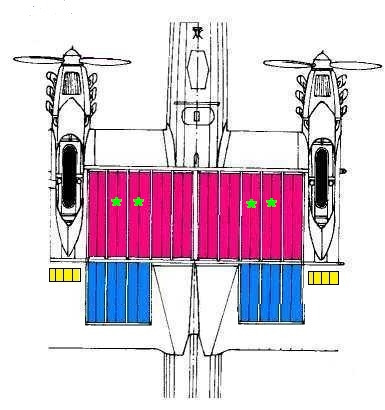
Above: Diagram of the underside of the production Hendon showing the 10 large bomb cells (red), the 6 smaller bomb cells (blue) and the recessed light series bomb carrier racks (yellow). The green asterisk indicates the four larger bomb cells that were capable of carrying the heavy 500 and 550 Ib bombs.
Additional Photos:
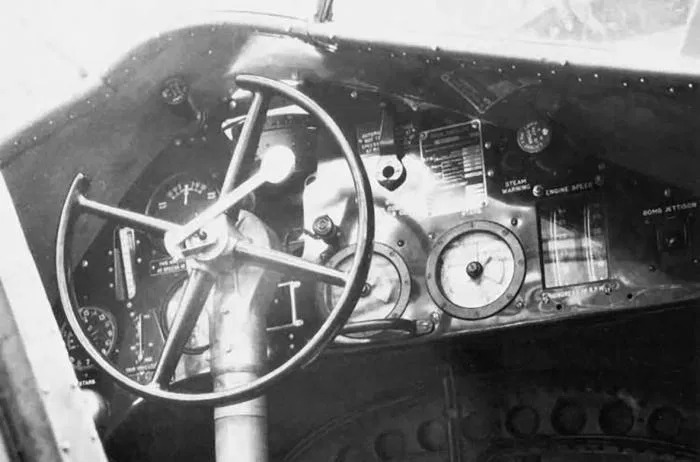
Sources:
- Fairey Hendon - Wikipedia (Wiki for type)
- Fairey Hendon: the RAF's first monoplane bomber in depth (Additional history)
- The Fairey Hendon and the stage 6 "Superhendon" (Additional history)
- Fairey Hendon Cutting Edge but Soon Outdated - PlaneHistoria (More history)
